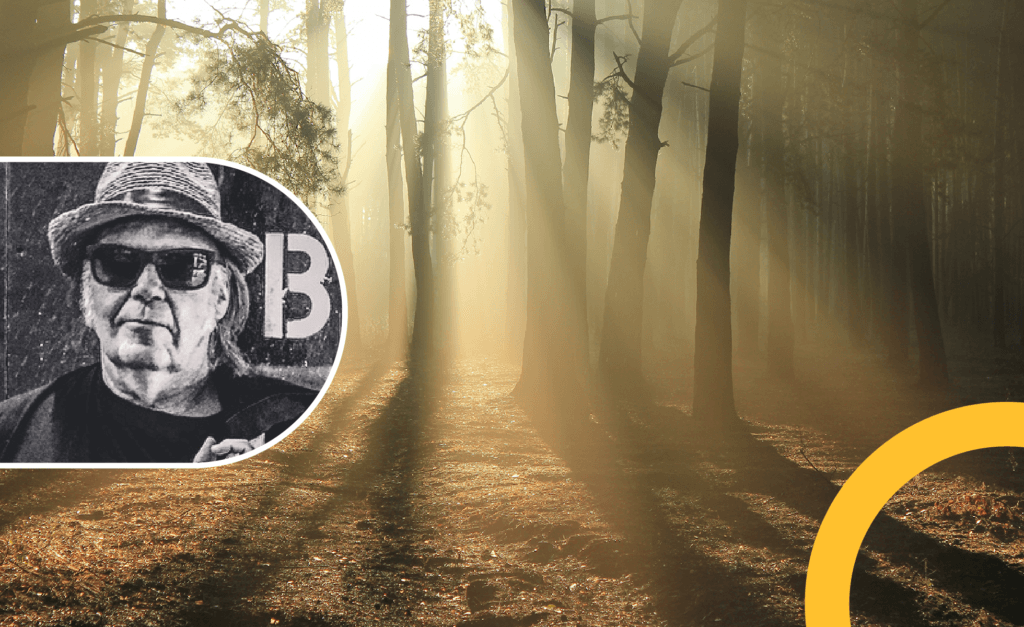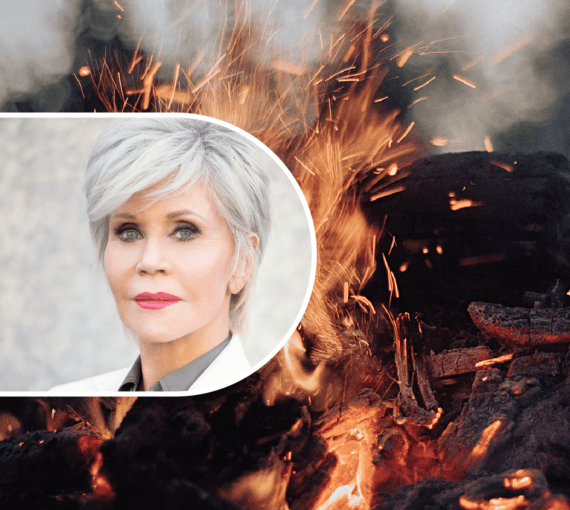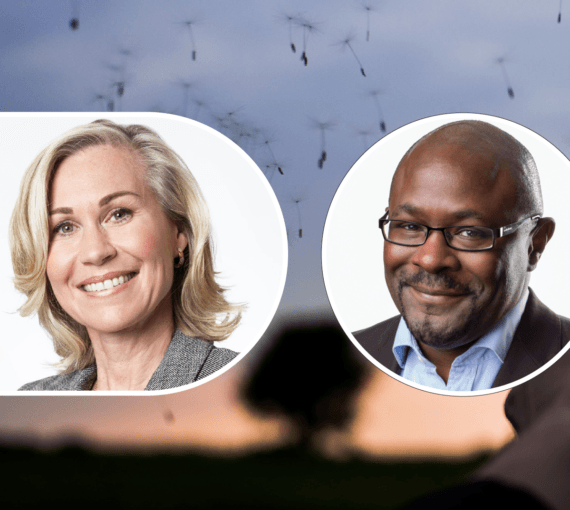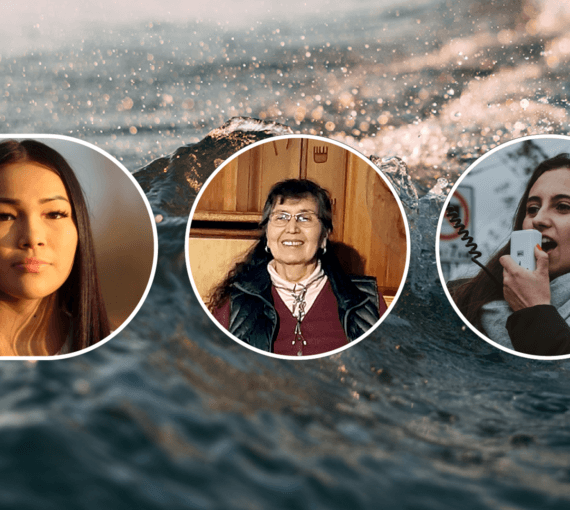
Activist and musician Neil Young.
We have the potential to heal not just from the COVID-19 virus but also from the many interconnected problems that plague us: the mental health crisis, our disconnect from nature, racial injustice, inequitable distribution of wealth, our ailing biosphere.
The pandemic has shown that we can come together to solve a common problem and mobilize massive resources at a moment’s notice. It’s shown that we can make vast public investments in our shared well-being, and even change the way we live. But it takes the will to do it.
In the last episode of my new podcast’s first season, “COVID-19 and the Basic Elements of Life,” we talk about a fifth element, that, although not a scientifically defined element, is essential to life: spirit.
Like air and water, like love and companionship, we need spiritual connection. Yet for many of us, the months since the pandemic began have been a time of disconnect.
We are made from the Earth. Our stories tell us this and so does science, yet our busy, increasingly urban lives make this immutable truth easy to forget. Perhaps there’s no better moment than now to contemplate our interconnectedness with one another, and with all existence.
How can we translate the way we’ve adapted during COVID-19 into a better future, where the health of people and the planet is seen as one and cared for by all? How do we transform the urgency of the moment into lasting change? What seems to be an overwhelming crisis of many issues is, in fact, an enormous opportunity to get things right. The good news is that we don’t have to manipulate and direct nature. We are the heart of the crisis, and the solution is in us.
In this episode, I invite an old friend whose wise insight is as relevant as ever. Neil Young needs no introduction for fans of his music. Many consider him to be one of the greatest musical artists of all time. In his songwriting and his actions offstage, Neil has stood up for his beliefs and fought for a greener and kinder world. He’s been pointing out the impacts of our society on Earth for decades.
There’s just as many people in all walks of life that are very concerned about things and have opinions.… Musicians really don’t have any more going for them than regular other people. It’s just the musicians have this tool.
Neil Young
“There’s just as many people in all walks of life that are very concerned about things and have opinions,” he says. “But they don’t have a way to share them and they can’t put them into a message that people share. Musicians really don’t have any more going for them than regular other people. It’s just the musicians have this tool.”
It’s a tool he’s mastered. Music has always been a powerful way to communicate change. So I ask him what got him into being an activist?
“Just because you have a job doesn’t mean you don’t have an opinion,” he replies. “I don’t even feel like an activist. I mean, you know what I wrote? ‘Look at Mother Nature on the run in the 1970s.’ I wrote that in 1970. It’s just what I do.… I happen to be a musician.”
My wife, Tara Cullis, co-founder and current president of the David Suzuki Foundation board, a former Harvard faculty member and environmental advocate of more than 30 years, also picks up on that history, commenting on the importance of creativity in social movements. When the 1960s hit, she says, it was “incredible.”
“It was an explosion of the right brain against that long left-brain creep of the centuries. No wonder they call it the counterculture. It was amazing then to be young and alive and to protest against the hierarchy and against the dominant linear thinking, which appropriately was called ‘straight.’”
She continues: “It was an age of rebellion, of marches and demonstration. It was an era of rejection of injustice and a boiling up of noble ideals. And it wasn’t just against something. It was supremely creative. It gave birth not just to an explosion of music, as you know but, think about it, to the civil rights movement, the feminist movement, the peace movement. And the environmental movement. But remember, all these movements were in those days thoroughly intertwined. And music and art were integral parts of them.”
We’ve heard on this season of the podcast Indigenous voices that can help us reconnect to the timeless rhythms of Earth and spirit. It’s worth remembering that humans have lived on this planet sustainably before. For millennia, many Indigenous Peoples lived in harmony with their surroundings.
In this final episode, it was a great pleasure to speak with Tara about the different sides of human nature — left-brain and right-brain thinking — and how achieving a balance between them might be key to a long and healthy future on this planet.
My hope is that as we navigate our way through this pandemic, we will seek and rediscover these timeless rhythms that offer solutions to our modern problems.
Perhaps it’s time for each of us — in this time of anxiety, uncertainty and separation — to again look for wonder in the interconnectedness of all things, and to contemplate what in life is truly important.
Throughout all these wonderful conversations, one thing has become crystal clear to me: We are indeed all in this together — literally and figuratively. Humans and all other living beings.
In our recovery from the pandemic, how do we seize this remarkable opportunity to build back a better world?
As Tara and I wrote with some dear friends some 30 years ago in the Declaration of Interdependence:
“At this turning point in our relationship with Earth, we work for an evolution: from dominance to partnership; from fragmentation to connection; from insecurity to interdependence.”



